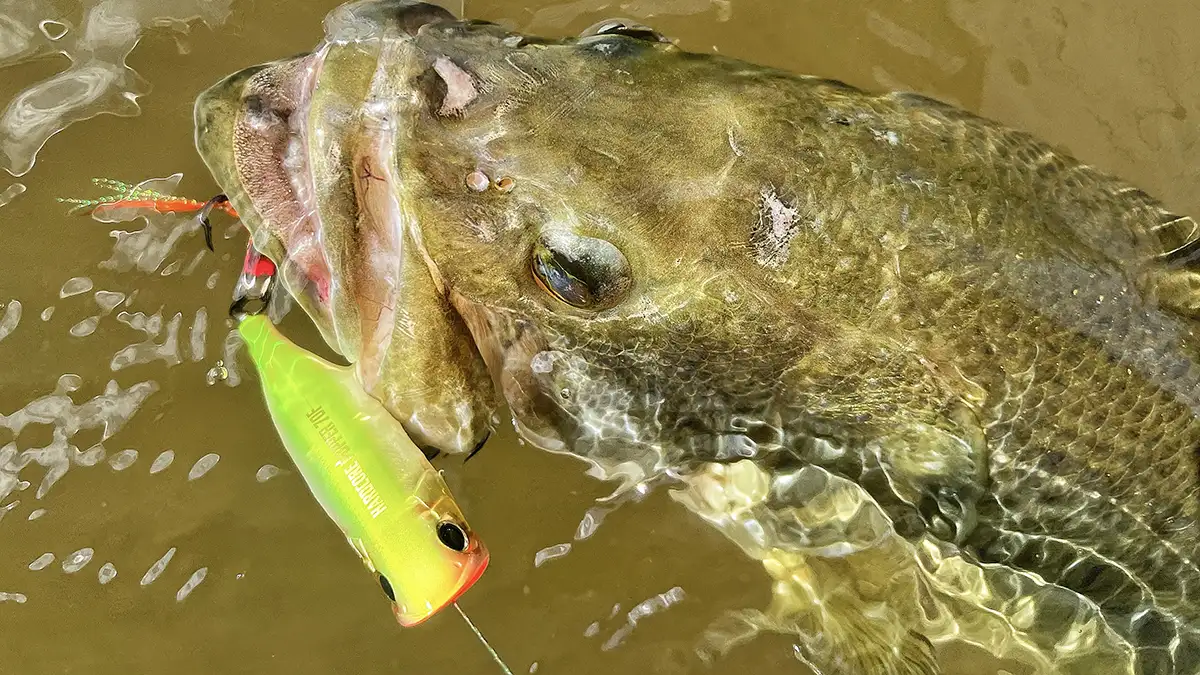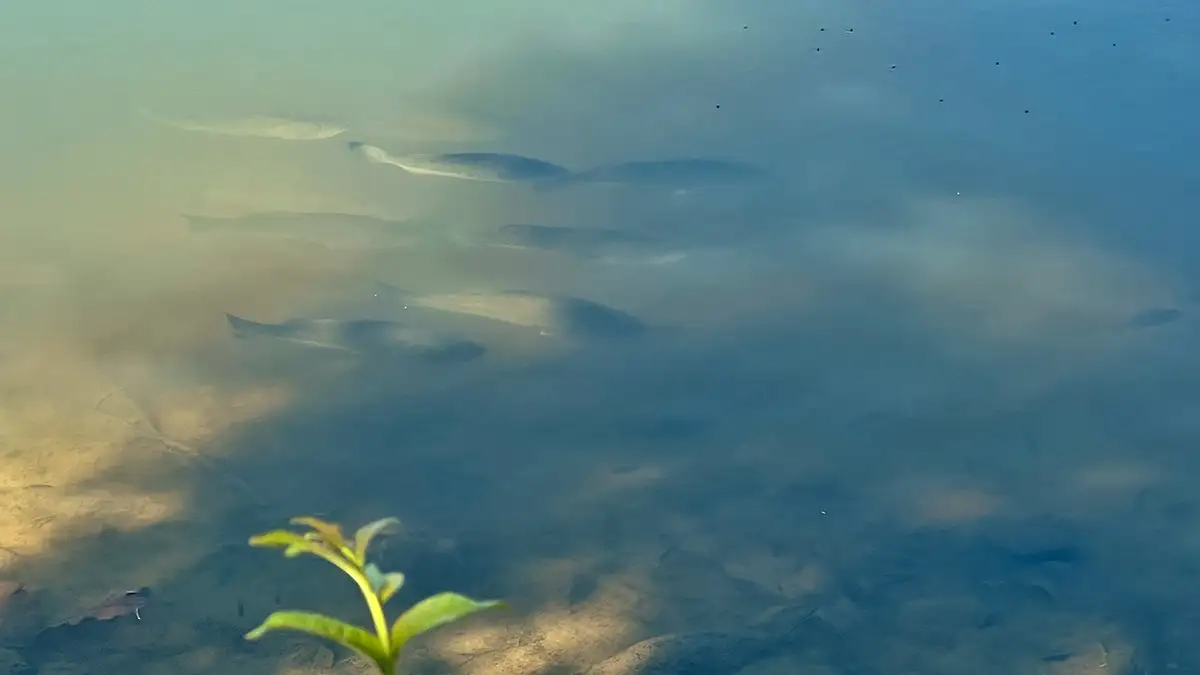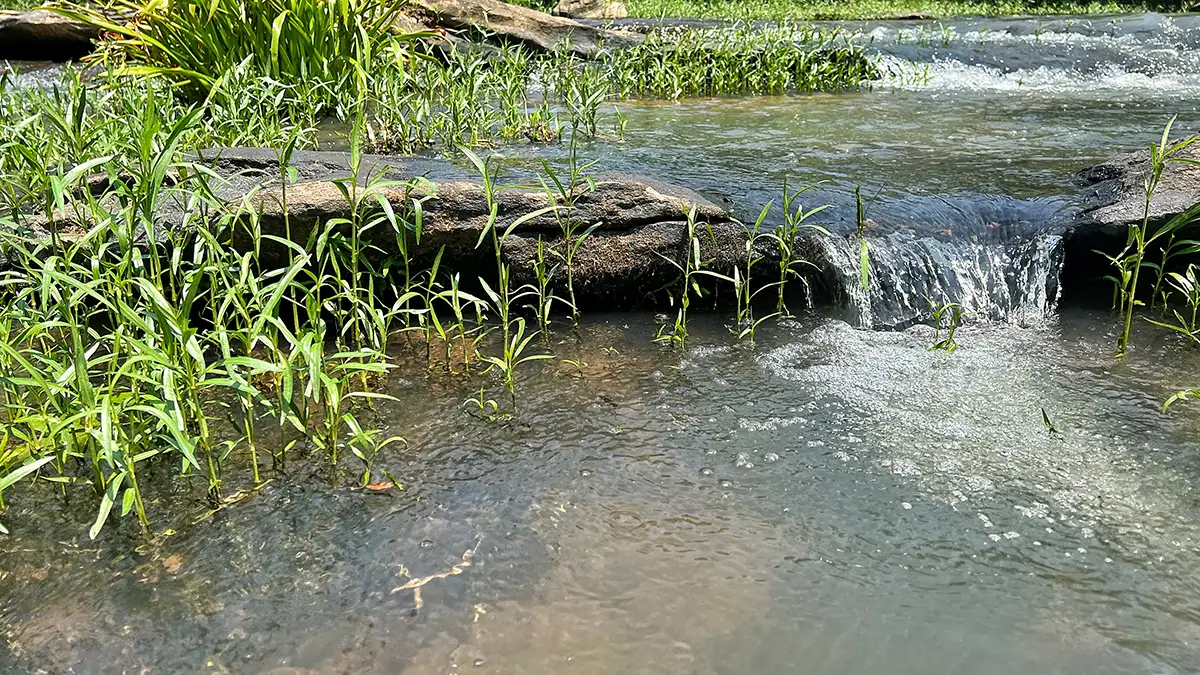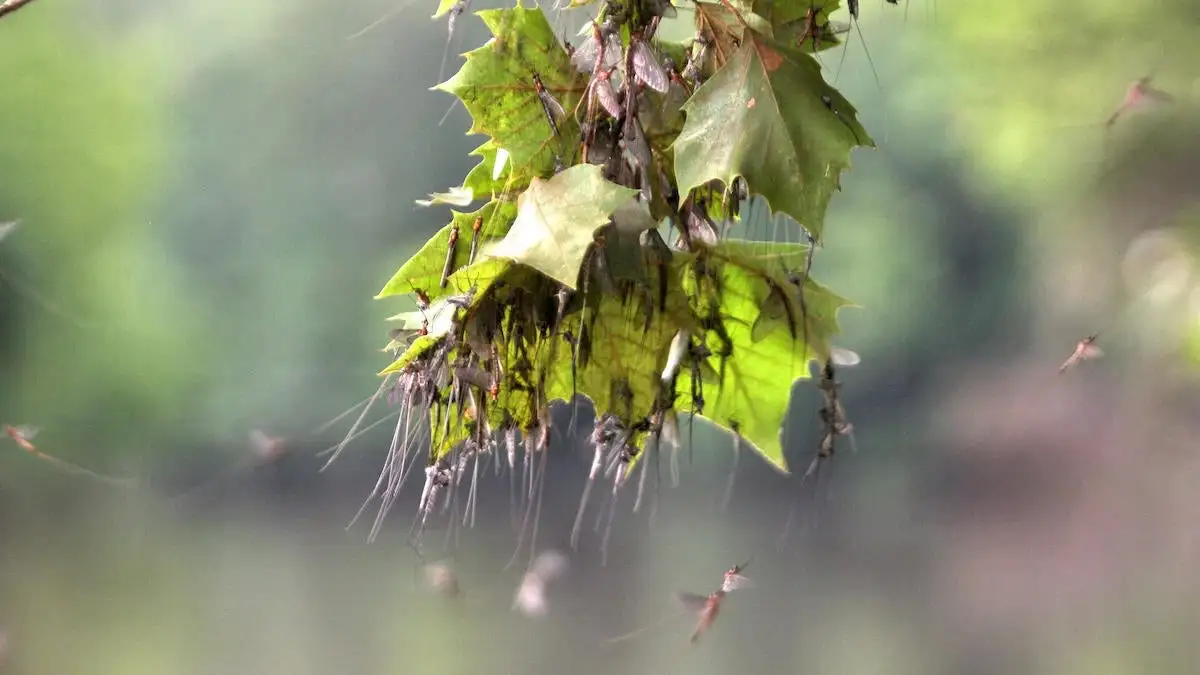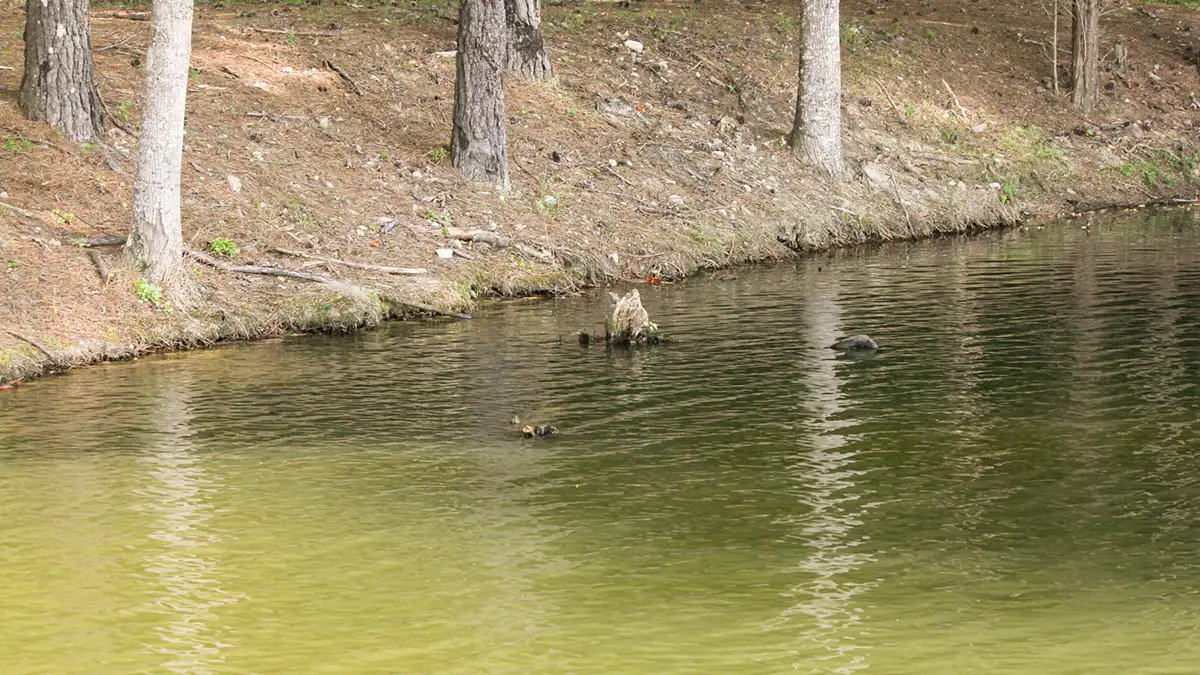It’s that time of year. The bass are done spawning and there’s a mass exodus from the shallows as the beat-up post-spawners migrate to the cooler, deeper waters offshore to recuperate. But there will be no rest for the weary, as eager anglers already await the bass before they can even get there.
Jacob Wheeler just did this to perfection in route to his 6th MLF Bass Pro Tour victory on Lake Guntersville. Wheeler chose to forgo lots of bites during practice in an effort to be where the bass were headed once the tournament started, not where they were during practice. His anticipation of the offshore bite coming alive resulted in a $100,000 payday.
So if we know where the bass are headed, why don’t we all pile up out there and wait for them to come to us, so we can load the boat too? Well, that’s the way a lot of anglers think, and it’s far from that easy. There’s only one Jacob Wheeler, and you nor I are him. So you end up with a lot of guys piled up on top of each other targeting highly pressured bass that typically aren’t in the mood to bite.
Though I don’t doubt I could go out there and elbow my way into the crowd and catch a few fish, I prefer to stay shallow where I have more water to myself. The way I look at it, I’m better off being one of five fishing the bank as opposed to one of a hundred competing for water offshore, especially knowing that a decent number of bass stay shallow year round.
How to catch them
There are many different ways to catch bass shallow during the summer, but there are some overarching themes throughout. One is the weather. Undoubtedly, the shallow bite is typically better as a whole when there’s a little wind or cloud cover. Now this is not an absolute, as high and bright sun often positions fish really well in tight patches of shade, making them easier to catch.
But by and large, when simply covering water shallow, a little wind, rain and/or cloud cover is a good thing. It makes the fish more active and less wary of your line and the subtle little giveaways of an artificial lure. So you can pickup a buzzbait or spinnerbait for instance, put the trolling motor on high and just go down a bank when there’s a little ripple on the water. Which is another big key to success when fishing shallow in the summer, covering water.
Because there are far fewer bass shallow in the summer than there are in the spring and fall, you’ll naturally need to cover more water to increase your odds of catching more fish. Now this is again not always the case, as there are certain situations, like mayfly hatches and bluegill beds, that cause bass to concentrate in small areas. But, right now, we’re talking about the most basic way to get bit shallow in the summer, and that’s hoping for a little inclement weather and then putting a rod in your hand and going fishing.
Some good lure choices for shallow summer bass include the following:
- Scum Frog Trophy Series Painted Frog (Buy at Bass Pro)
- Duel Hardcore Popper (Buy at Bass Pro)
- Strike King Skipping Buzzbait (Buy at Bass Pro)
- Yamamoto Senko (Buy at Bass Pro)
- Ark Elite Z-Swimmer Jig (Buy at Tackle Warehouse)
When bass group up shallow
One of the big advantages to fishing offshore in the summer, is that bass can often be found grouped up in brush piles and on ledges. Up shallow, you’re far more likely to run across a random fish alone than you are to pull up on a ledge and catch a single bass for example. But there are situations on shore when bass do group up as well, and they almost always revolve around bait.
Bluegill beds are a great example of this. Bluegill begin to make beds as the bass spawn winds down and these pan fish continue to spawn throughout the summer, with dozens of them often spawning in close proximity to one another. A group of these beds may span 20 feet, with several hundreds of yards separating it from the next cluster of beds. Since the baitfish are collected into one tight area, so too are the bass.
Wolfpacks of a half dozen or so bass can often be found perusing the shallows around these beds, looking to pounce on the first thing they see that appears to them to be an injured or unaware bluegill. This is what makes topwaters and wacky rigs so effective in these situations.
Localized insect hatches also leads to groups of bass being in the same area. As the insects fall on the water’s surface, bream, bluegill, crappie, small bass and other fish begin to feed on them. The noise of these fish plucking bugs off the surface draws the attention of nearby bigger bass, catfish and other predators further up the food chain. As more and bigger fish move into the area where the bugs are, the commotion created draws more and more fish in across multiple days until there’s an all-out feeding frenzy going on in a relatively small area.
The importance of fresh water
Bass move offshore during the summer in part because that’s what the majority of the bigger schools of shad and other baitfish do. But they also seek the cooler, deeper waters because that is where the optimal conditions are for their survival, (which is subsequently why the shad move offshore as well). Not to get too far off in the weeds here, but the thermocline (optimal conditions for algae growth and thus oxygen levels) pushes deeper in the summer as the water temps rise along the surface.
So bait and bass can both essentially breathe better than in deeper water than they can in the shallows. And the cooler water is better on their biological systems as well, since the bass are cold blooded and their metabolism is regulated by the temperature of the water around them.
But I promised not to get too far off in the weeds here, and now I find myself needing a weed eater to get back on track. Basically, the conditions are better suited for bass to thrive out deep. But if you know the specifics of why this is the case, you can actually find similar situations shallow.
Running water and shade are two of the most crucial factors to finding success shallow in the summer, unless there’s just an abundance of bait like in the bluegill bed or insect hatch situations. But given a long pocket with a small creek running into the back of it and another without, the creek-fed pocket wins out every time. The reason being, this running water is often cooler and has higher oxygen levels as compared to the stagnant water in the adjacent pocket.
Look no further than your livewells to backup this way of thinking. The same way an aerator stirs up the water in a livewell to oxygenate it, the water gurgling and bubbling down the creek for miles before it enters the back of the pocket infuses it with oxygen. If you had a fish in each side of your livewell and turned one side off while leaving the other on recirculate, you’d have the same difference in circumstances on a small scale. Though I do not recommend doing that, as you’ll find out rather quickly why the one pocket is better than the other.
The importance of shade
Shade can be just as imperative when fishing shallow as running water. And though a combination of the two may just be the best situation possible, each is still hugely beneficial on its own. Similarly to how the cooler water create better conditions shallow for the cold-blooded bass to thrive, shade can do the same. You know how you look for a tree to park your car under in the summer, as opposed to parking it in the middle of a parking lot? The same holds true for a bass. The shade of a dock makes life shallow so much more bearable, as opposed to roasting out in the open.
There are likely a lot of obvious things that come to mind when you start thinking about targeting bass in shade. Docks, bushes, trees and boats all offer dense shade from above for bass to hide beneath. But you might not think about the shade that submerged cover offers as well. Bass don’t just relate to laydowns, shallow brush, boulders and grass lines because they offer good cover for ambushing prey. These objects also create shade for the fish to rest in, though it can’t always be seen with the naked eye.
Once you realize that a sizable population of bass stay shallow year round, it’s tempting to stay shallow as well to target them, instead of going out deep with the rest of the crowd. If you do this, it’s important to keep an open mind and really try to understand why bass move offshore in the first place, to help you better understand how to catch them shallow. If there’s a little weather moving through the area, you may be surprised by how many fish can be caught just covering water. But if the conditions are stymy, look for areas with an abundance of bait, fresh water coming in and/or shade. Doing this will help you avoid the crowd and catch more fish this summer.



